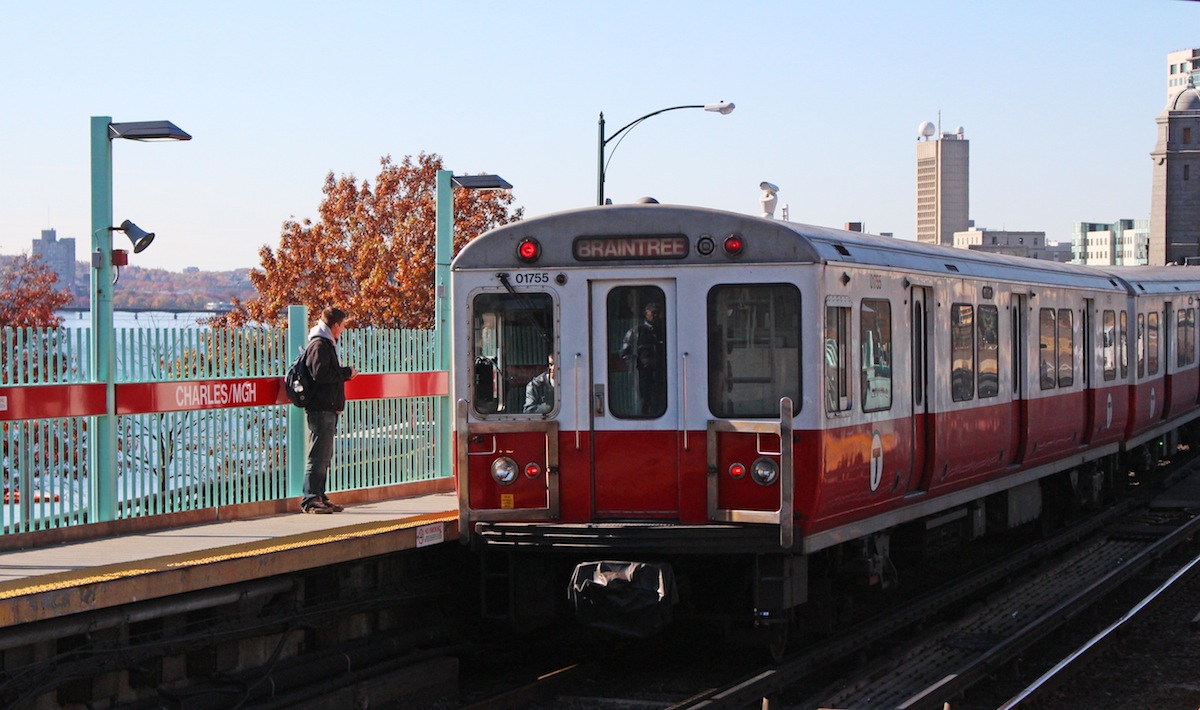What Should Happen to the Old Red and Orange Line Train Cars?
The MBTA is gearing up to sign a contract with a Chinese manufacturing company to procure hundreds of Red and Orange Line train cars so they can replace the current fleet of vehicles that have been traveling down the tracks for decades.
With the good news about the pending replacements, however, people have started wondering what will become of the aged vehicles currently in operation, once the new ones are rolled out, something that will start happening in 2018.
According to the T, the train cars—they’re replacing 152 Orange Line vehicles and up to 138 Red Line vehicles—will go up for sale, and the highest bidder can do whatever they want with them.
“Like most transit systems, the MBTA typically sells old cars for scrap to the highest bidder. But we also like to preserve a bit of MBTA history by donating a retired car or two to the Sea Shore Trolley Museum in Maine,” said T spokesman Joe Pesaturo.
As for what happens to the rest of the fleet once the train cars are swapped out, riders have started coming up with some creative ideas of their own.
“Someone buy four of them and open an Orange Line Deli,” one person suggested on Facebook.
Another tossed a different idea into the ring: “I’d like to put one in my back [yard] for the ultimate ‘man cave.’”
These ideas might sound far-fetched, but stranger things have happened to retired train cars.
As io9 discovered, some trains have served additional purposes in the afterlife. Take, for example, these houses made from old locomotives in Pennsylvania, Oregon, and Washington.
Others noted in the collection of images gathered by the website show that the cars were converted into hotels or Inns, giving tourists a unique place to stay when visiting a given city.
On Mossel Bay, between Cape Town and Port Elizabeth in South Africa, there’s a long stretch of old locomotives that were placed on the coastline and turned into an “idyllic beach resort” and hostel, with scenic views of the ocean, according to the Daily Mail.
And then there’s a more dogmatic approach. Design Ideas Daily discovered batches of old trains that were transformed into places of worship in Russia.
“Of all of the creative adaptive reuse architecture in the world, these converted churches are some of the strangest things most patrons have probably ever seen—a combination of a conventional symbol of modern transportation with an age-old religious institution is anything but a natural structural fit or obvious redesign choice,” they wrote.
But they worked.
The best idea we’ve seen, however, goes to London, where officials took trains from the Tube off the tracks, and repurposed them into studio and space for the arts, part of a project called the “Village Underground.”
“These uniquely renovated spaces accommodate up to 50 artists, writers, designers, filmmakers, VJ’s, and musicians working side-by-side in a creative community,” according to details.
Your move, Massachusetts.



